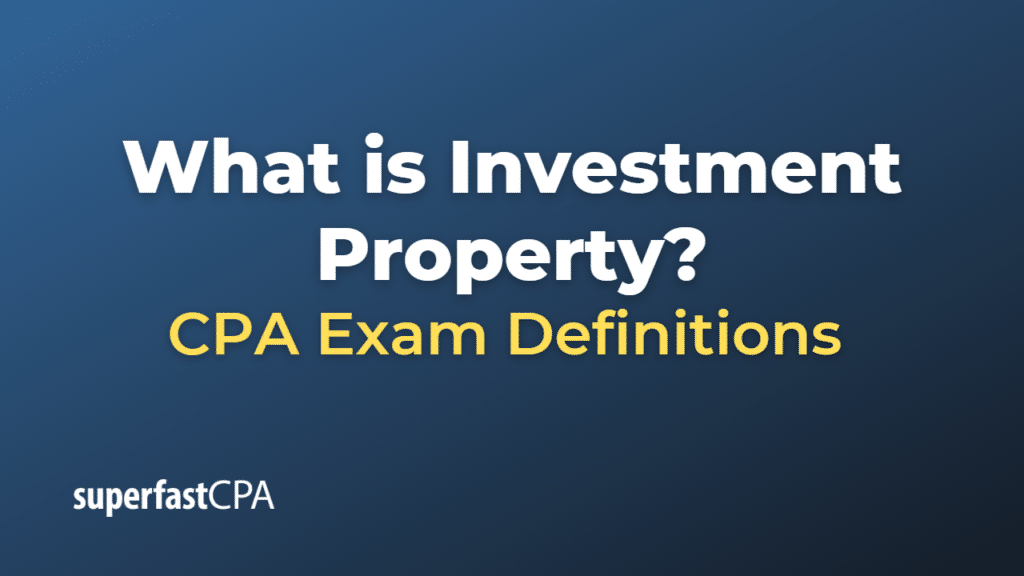Investment Property
Investment property refers to real estate property that is purchased with the intention of earning a return on the investment, either through rental income, the future resale of the property, or both. It includes residential rental properties, commercial properties such as office buildings, retail spaces, warehouses, or land.
Here are two primary ways an investor can make money from investment property:
- Rental income: After buying a property, an investor can rent it out to tenants. The rental payments become a steady source of income for the investor.
- Appreciation: Over time, the value of properties generally increase or “appreciate.” When an investor sells a property that has appreciated in value, they make a profit.
It’s important to note that investing in properties also involves costs. These might include the initial purchase price, property taxes, insurance, mortgage payments (if the property is financed), and costs related to property maintenance and repairs.
Investment properties can be a significant part of a diversified investment portfolio. However, investing in real estate involves risk and it requires careful consideration and management, like any other investment.
Example of Investment Property
Let’s say an individual, Alex, has some savings and wants to invest in real estate. After some research, Alex decides to purchase a duplex in a growing neighborhood for $300,000. Alex’s intention is to rent out both units of the duplex to generate rental income.
After buying the property and making some minor improvements, Alex is able to rent each unit for $1,500 per month, thus generating $3,000 total per month or $36,000 per year in rental income.
On the expense side, Alex has a mortgage payment of $1,200 per month, property taxes amount to $3,600 per year, insurance is $1,200 per year, and Alex budgets $3,000 per year for maintenance and repairs. So, Alex’s total annual expenses amount to $18,000.
By subtracting the annual expenses from the rental income, we find that Alex has a positive cash flow of $18,000 ($36,000 income – $18,000 expenses) per year from this investment property.
In addition to this rental income, the value of the duplex might also appreciate over time. If Alex decides to sell the property after a few years and the property’s value has increased to $350,000, Alex would make a profit from the sale, in addition to the rental income already earned.
This is a simplified example and actual real estate investments may involve more complexity and additional costs, but it gives a general idea of how an investment property can generate income and potentially appreciate in value.













